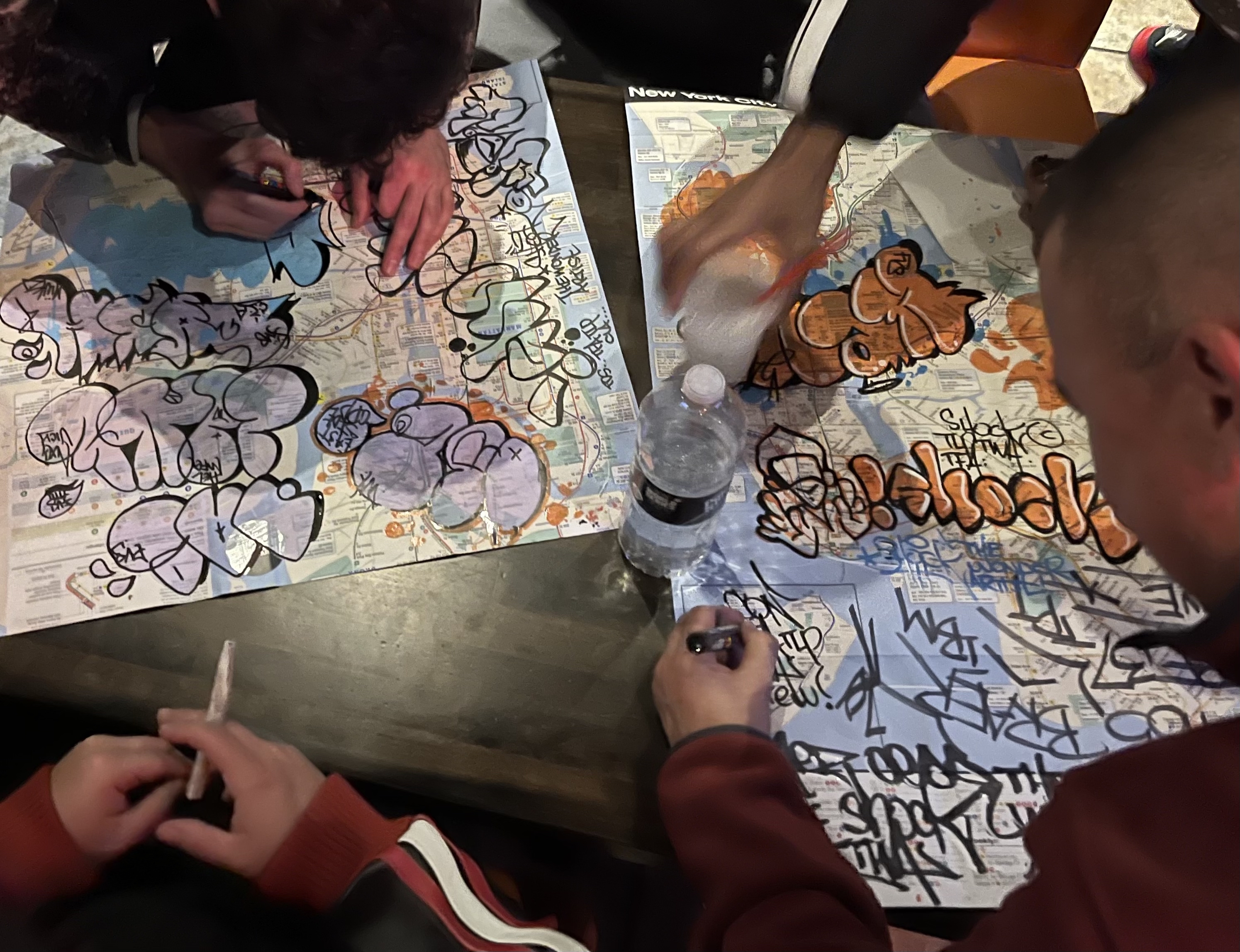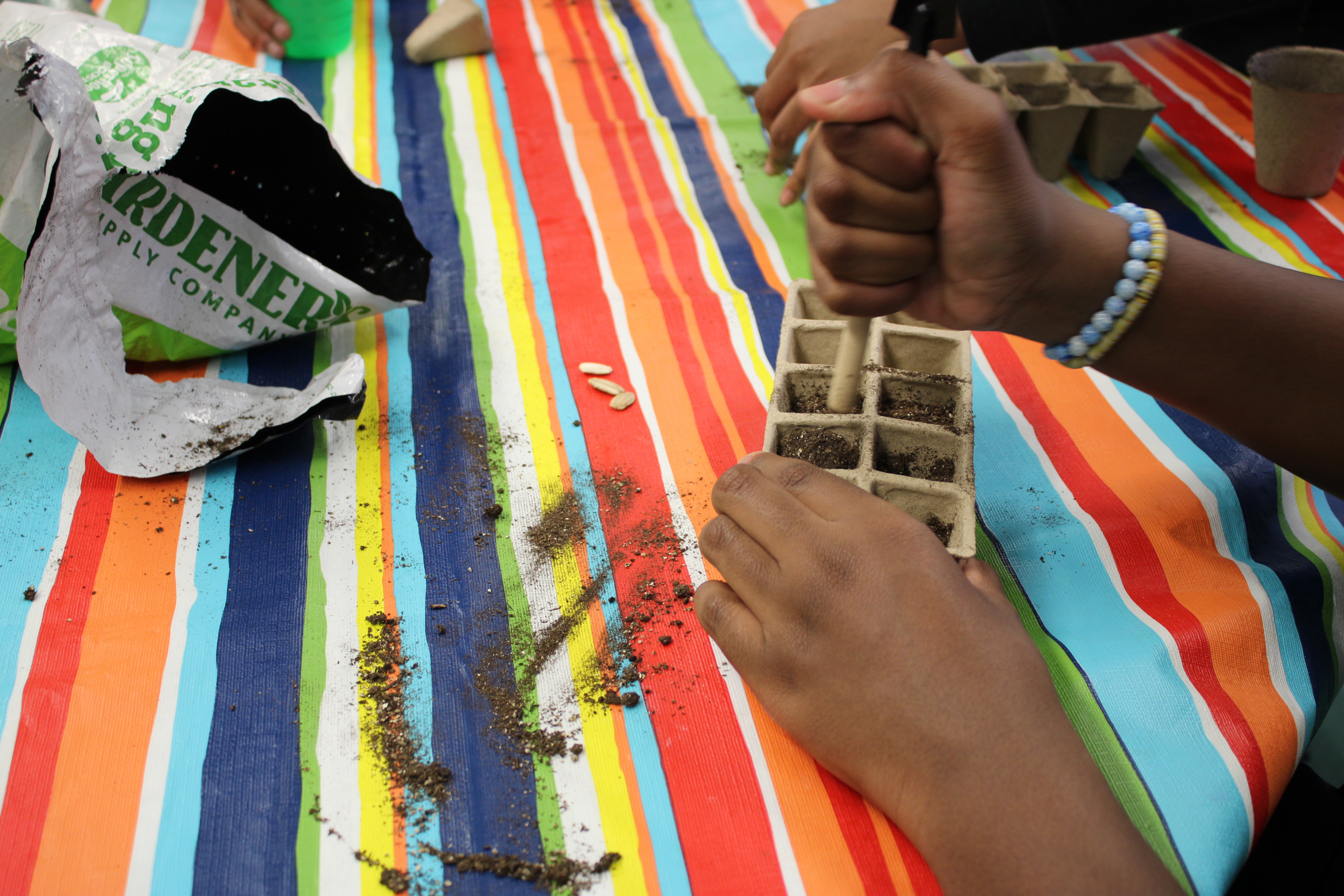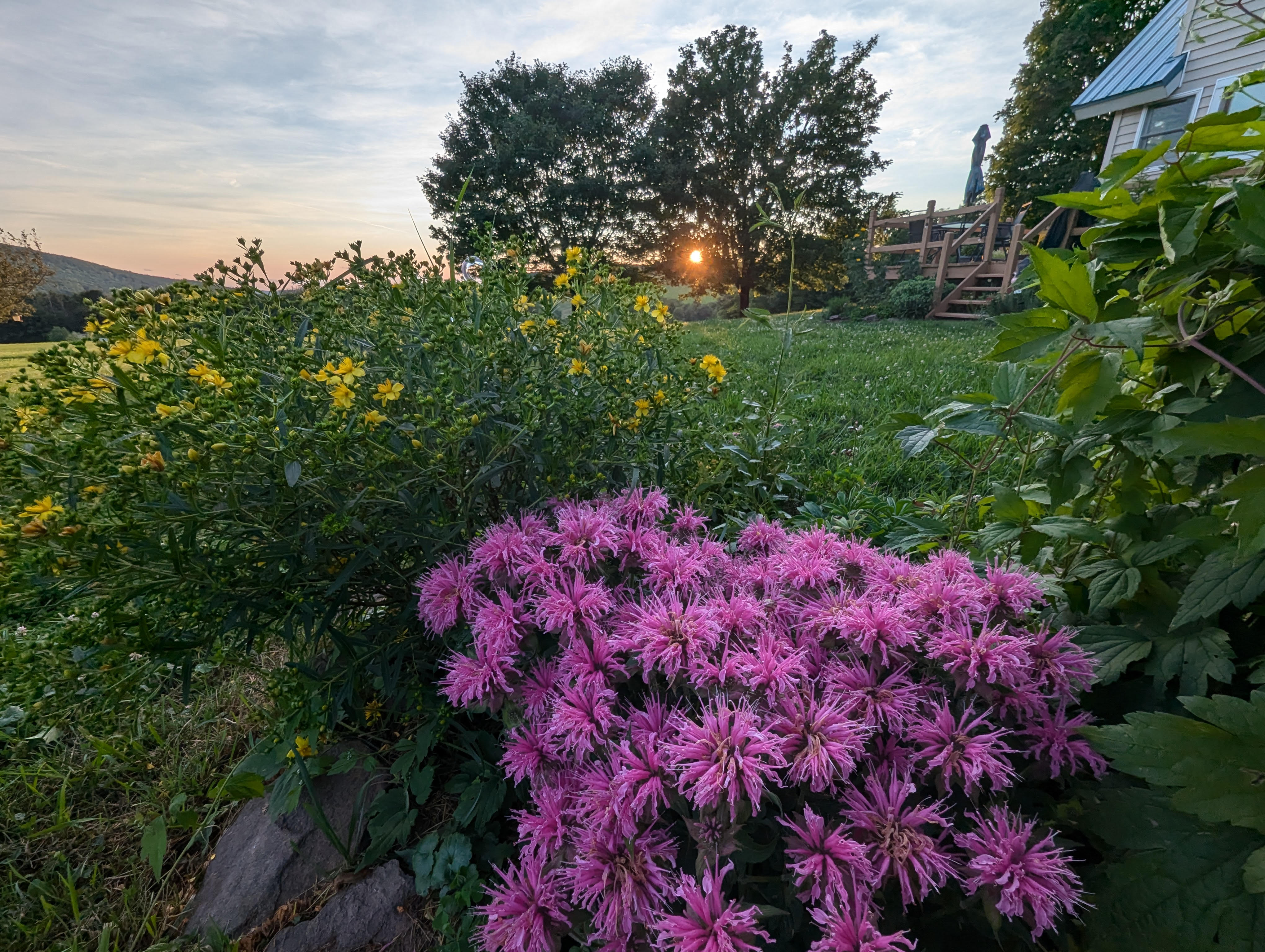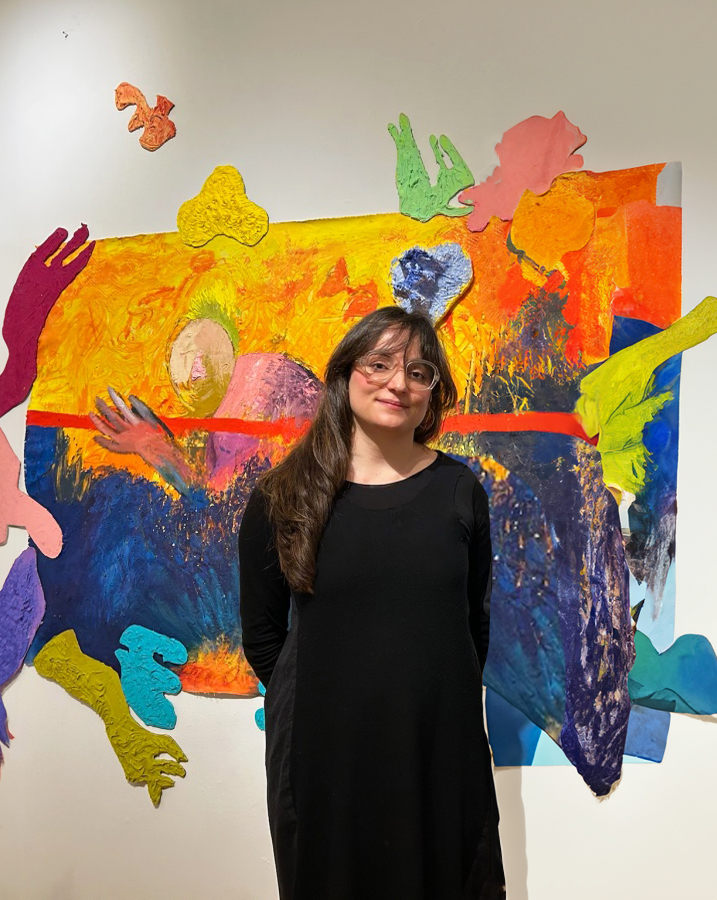Featured Research

Reframing Graffiti: The Writer’s Itch
Since spring 2021, Dr. Amina Tawasil has conducted extensive ethnographic fieldwork with over 200 graffiti writers across New York City, urban New Jersey, and Philadelphia. Through this immersion, she’s documented their urban spatial practices and peer education networks, amassing over 10,000 audiovisual materials, fieldnotes, and social media interactions. Her research reveals a complex contemporary reality, demonstrating how graffiti writers write for purposes that extend beyond resisting authority; specifically, to write for the sake of writing.

Planting Seeds
The Planting Seeds project supports conducting participatory qualitative inquiry with high school students to explore students’ views and perspectives on their participation in a holistic and ecologically sustainable curriculum in an after-school program at an urban public school. With an integrated outlook on sustainability education, students become embodied learners who critically engage with the places, spaces, and lands where they live, play, cook, move, interact, make art, connect with nature, and express their embodied learning with imagination for individual and community flourishing.

Nature Stories
Led by Dr. Susan Bodnar, the Development, Ecopsychology, & Wellness Lab (DEW Lab) at Teachers College is interested in how physical environments affect our psychological development, organization, and communities. To better understand human responses to climate change and other environmental changes, they have been curating a collection of stories documenting the changes that individuals have noticed in their backyards, neighborhoods, communities, and countries.

How Do We Sound?
Justin Armstrong's collaborative project proposes a mode of experiencing and understanding sound not simply as a backdrop, but as a central component of identity and belonging in an era of saturation, excess, and noise in all of its forms. Here, he and his student ethnographers are interested in documenting and analyzing sound as a direct connection to place-based identity, asking how and why we can (and should) engage with sound as a means of better understanding who we are as inhabitants of late-stage capitalism.

Visualizing Belonging for Black LGBTQ+ College Students
Francheska Jimenez’s research explores how Black LGBTQ+ students at HBCUs transform challenging institutional spaces into sites of affirmation and belonging through creative uses of queer cultural capital.
Using photovoice methodology, students will visually document their experiences navigating campus life, revealing the strategies, resilience, and community-building practices that enable them to thrive at the intersection of their racial and LGBTQ+ identities.

Woman Hugging Self
This audio/video performance invites the audience to encounter the “Woman Hugging Self” archetype through song form and video art. Singer/songwriter Larthia (AKA Laura Montanari, TC doctoral graduate from the Music Education program) and movement researcher Lucia Guarino embarked on this artistic and spiritual journey that began with encountering the painting “Woman Hugging Self” by James Antonson, eventually leading to the production of a concept EP (featuring Emilio Merone and NuminAlf) and the corresponding music videos by Ms. Guarino.

Expanding Ethnography through Art
M.A. candidate Hunter Dodrill's work in anthropology transcends form. Interested in heightening the emotional and sensorial experience of ethnographic products, he draws on a range of disciplines—including audiovisual, sculpture, and poetry—to craft accessible and resonant physical installations that transmit cultural stories and information. Focused on the experiences of Queer and transmasculine individuals, his work explores the often-tenuous intersections of identity, politics, family, religion, intimacy, and home.

Visual Methods for Social Justice in Education
Making a case for visual research methods to advance a social justice agenda in education, Dr. Azzarito outlines a wide range of qualitative visual research tools to invoke the stories, voices, embodiments, and experiences of individuals from marginalized communities. This new book provides education researchers with innovative tools to advance emancipatory research projects, embrace interdisciplinary knowledge-building, and counter-narrate Western forms of knowledge, cultures, and values to reimagine education for social change.

Social Media as Pedagogy
Ji Hyeon (Jessica) Lee's research explores the visual affordances of social media as a pedagogical and methodological tool to enhance the praxis of participatory visual methodology. Her dissertation research, "Cultivating Thirdspace Physical Culture of, with, and for Recent Immigrant Girls on Instagram," examines the ways in which participants came together as a community of diverse recent immigrant girls to develop critical perspectives on the meaning of well-being, disrupting the dominant categorization of their bodies as “at-risk.”

Putting the Art in Art Education
Camila Roriz (Raitses) current artistic exploration focuses on channeling a creative, intuitive energy, allowing the subconscious to guide the process without predefined references.
"The imagery emerges organically, and I title the works after completing them, based on what they evoke for me. This approach helps me in my search to express a more instinctive, primal, and pure aspect of the act of painting."

Participatory Action Research
Yulu Tian’s research explores the intersection of metacognition and giftedness, focusing on how young, gifted children utilize and interpret their metacognitive skills in play-based activities. Through participatory action research (PAR), she prioritizes children's voices, engaging them as active collaborators. Her work aims to uncover insights that maximize all children's potential by demonstrating how metacognitive skills can be nurtured across diverse learning contexts.

Exploring Intergenerational Trauma Through Autoethnography
Elizabeth Eilender, MS, RD, CDN is a doctoral candidate at Teachers College in the Behavioral
Nutrition Program in the Department of Health Studies and Educational Psychology. Her work in Fighting at Papaya King describes childhood memories of growing up with Holocaust survivors in 1980s New York City. Through the lens of autoethnography, Eilender weaves rich, emotional narratives with sharp analysis.
Research
-
StudentsStudent projects, dissertations and research in progress.
-
Faculty WorkA description of work from the Co-Directors of the Visual Research Center, showcasing the ways in which each of them use visual methods in research
-
Selected PublicationsResearch from faculty and students affiliated with the Visual Research Center
-
Visual Research OrganizationsInstitutions and organizations that support, promote, and produce Visual Research